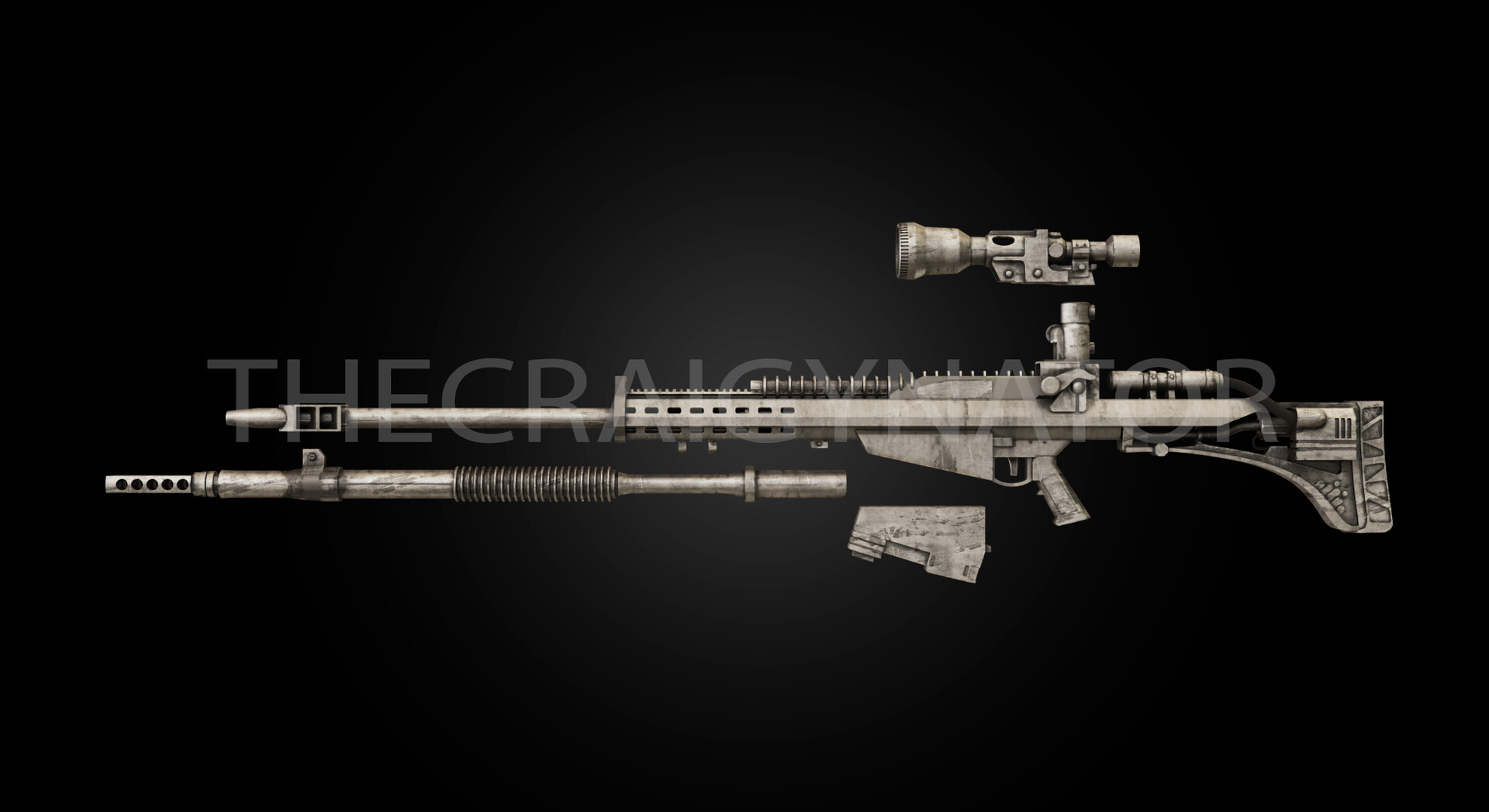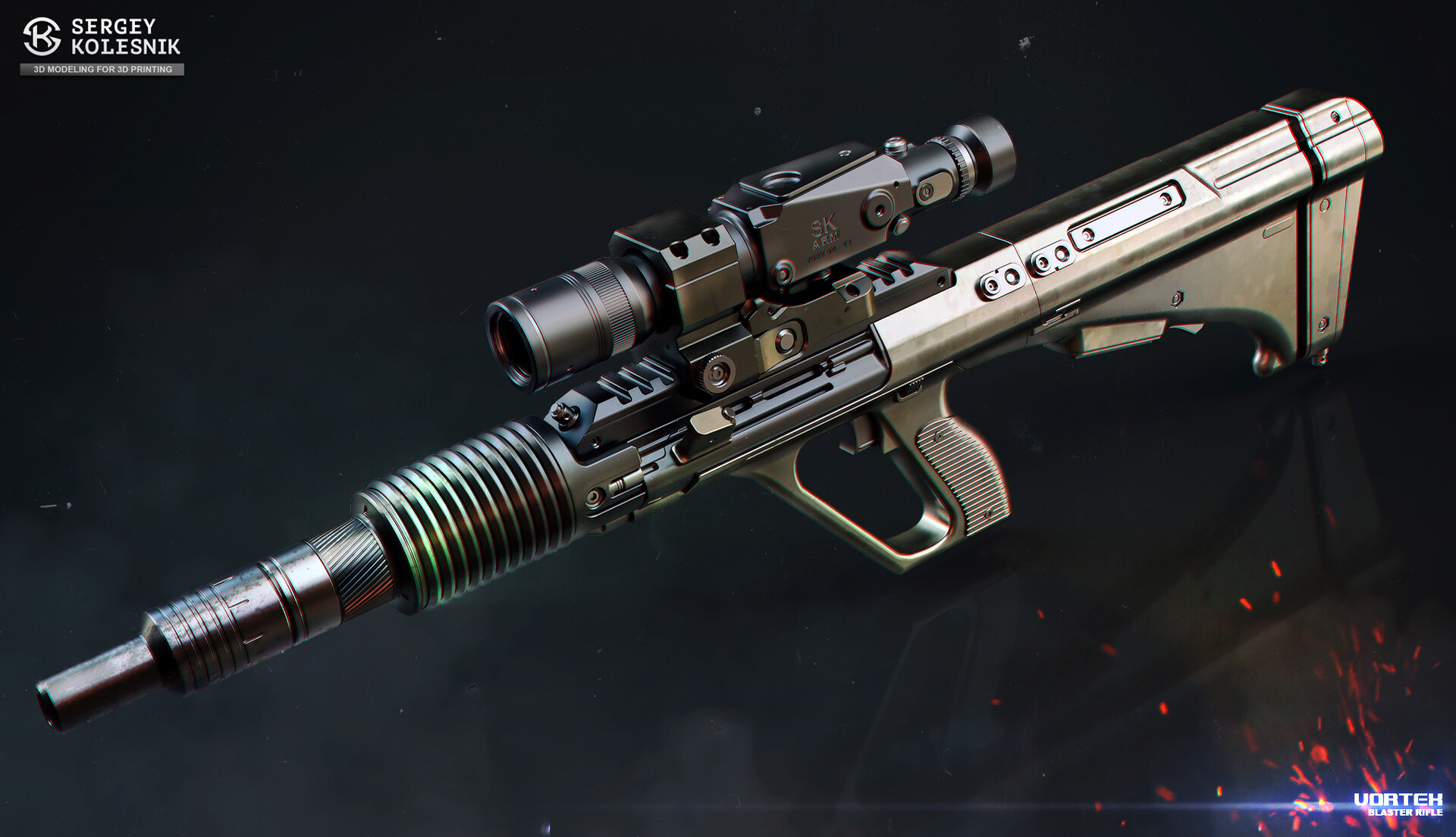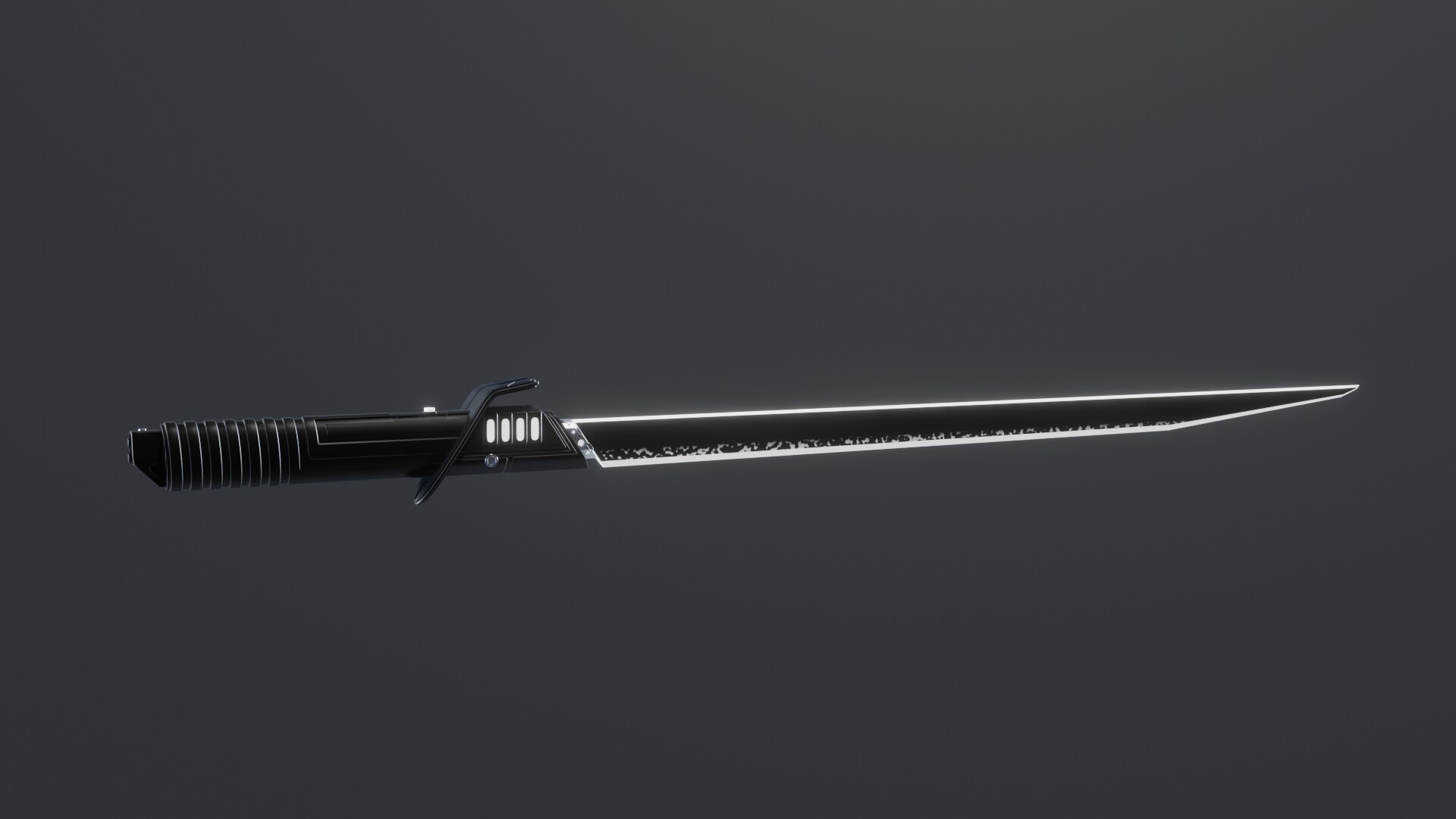- Joined
- Mar 14, 2022
- Messages
- 74
- Reaction score
- 93
Hello Everyone!
Welcome to my Den, this will be where my creative Mind drafts things that I wish to put to Paper yet not fully out there yet, it is where I tweak, adjust, collaborate and the likes, if something on these Pages interests you feel free to reach out and voice whatever you wish my way!
I am a Storywriter, and this... this is my Domain.
TABLE OF CONTENTS:
1: The Breadian Guide
2: Inside a Mandalorian
3: Mandalorian History
4: Social Life of Mandalorians
5: The Concept of Dar-Manda and Mandalorian Religion
6: Do you know, Mando'a? Eh. Not needed
7: Warfare in writing Too much work.
8: Techie Stuff
9: Player Character WiPs
TO DO:
- Be a responsible Adult
- Fix Formatting on dumps
- Flesh out Write-Ups
- Summon the Elector Counts
- Praise Sigmar
- Write
With all that out of the Way, it is PARAMOUNT that this Thread stays clean from postings that aren't done by me or a respective Administrator, thats what DMs are for people.
Welcome to my Den, this will be where my creative Mind drafts things that I wish to put to Paper yet not fully out there yet, it is where I tweak, adjust, collaborate and the likes, if something on these Pages interests you feel free to reach out and voice whatever you wish my way!
I am a Storywriter, and this... this is my Domain.
TABLE OF CONTENTS:
1: The Breadian Guide
2: Inside a Mandalorian
3: Mandalorian History
4: Social Life of Mandalorians
5: The Concept of Dar-Manda and Mandalorian Religion
8: Techie Stuff
9: Player Character WiPs
TO DO:
- Be a responsible Adult
- Fix Formatting on dumps
- Flesh out Write-Ups
- Summon the Elector Counts
- Praise Sigmar
- Write
With all that out of the Way, it is PARAMOUNT that this Thread stays clean from postings that aren't done by me or a respective Administrator, thats what DMs are for people.
Last edited:
















